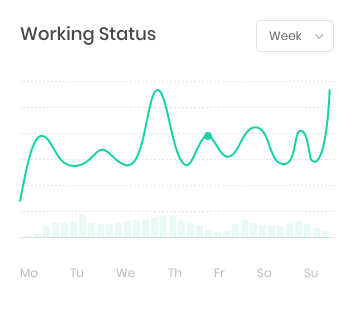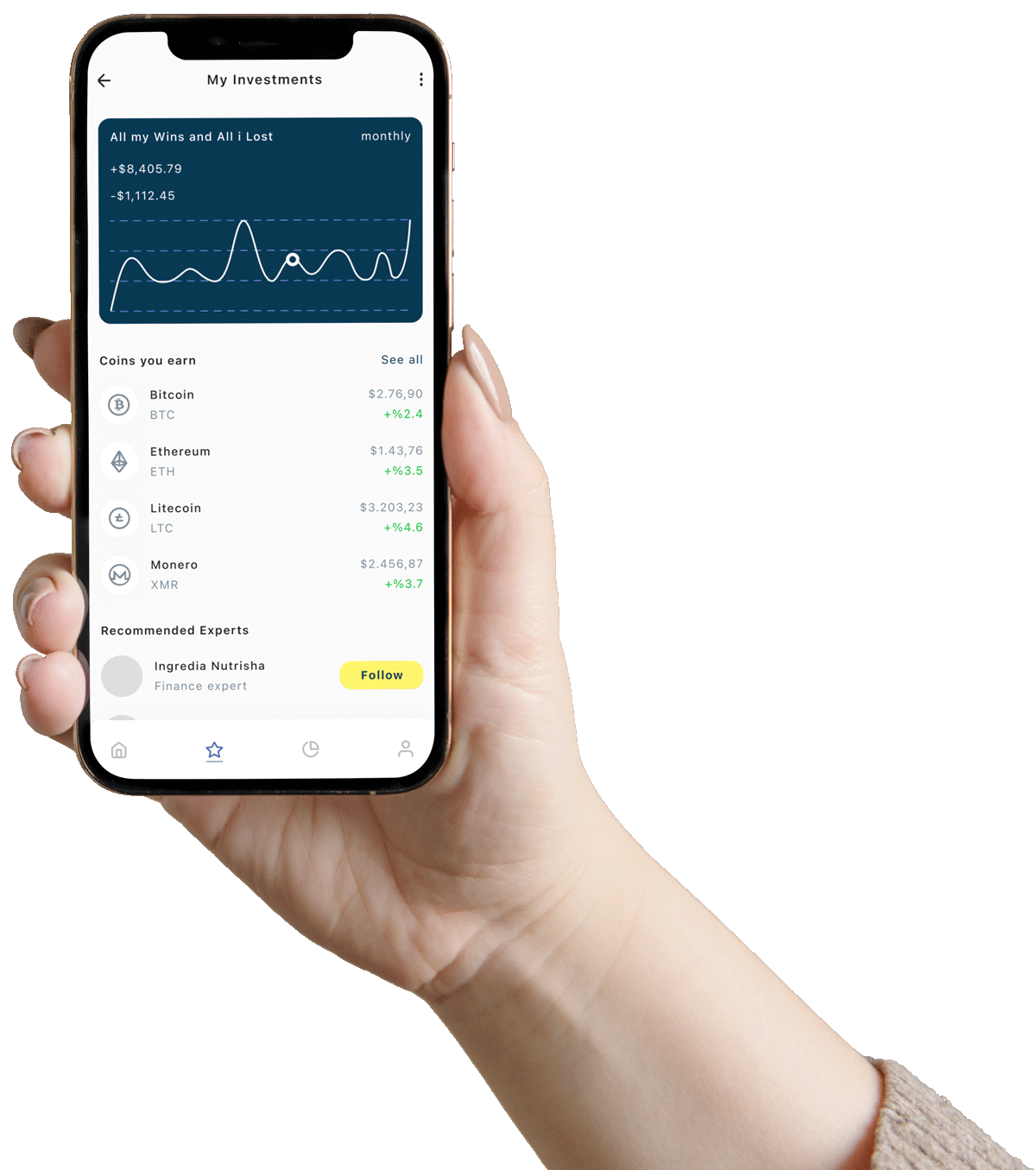+968 9596 3381
Phone Number
[email protected]
Email Address
Mon - Thu: 8:00 - 5:00
Online store always open
Phone Number
Email Address
Online store always open
WhatsApp Us Today
Drop Us an Email Today
Google Map Location
Saturday to Thursday

Introduction: Oman’s Push for Public-Private Partnerships (PPP)
What is a PPP? Understanding Oman’s PPP Model
Key Sectors Open for PPP Projects in Oman
Legal Framework Governing PPP in Oman
Benefits of Participating in PPP Projects in Oman
PPP Project Lifecycle: From Bidding to Execution
Eligibility Criteria & Prequalification Process for PPP Participation
Financing & Revenue Models in Oman’s PPP Projects
Oman’s Key PPP Success Stories & Flagship Projects
Risk Allocation & Contractual Structures in Omani PPPs
Government Agencies Overseeing PPP Projects
Step-by-Step Guide to Participate in Oman’s PPP Projects
Common Challenges in PPP Execution & How to Overcome Them
Future Outlook: Oman’s PPP Pipeline for 2025-2030
Conclusion: Why PPP Participation in Oman Is a Strategic Business Move
Oman is aggressively leveraging Public-Private Partnerships (PPP) to fast-track infrastructure development, diversify its economy, and reduce the fiscal burden on public resources. Sectors ranging from healthcare, education, and logistics to renewable energy and urban infrastructure are now open for private sector participation.
For investors and private sector players, PPPs present lucrative long-term revenue opportunities backed by government support, structured contracts, and regulatory clarity.
A Public-Private Partnership (PPP) in Oman refers to a contractual arrangement between a government entity and a private sector party to design, build, finance, operate, and maintain infrastructure or public services.
Oman’s PPP model typically involves:
Long-term contracts (15–30 years).
Clear risk-sharing mechanisms.
Transparent procurement processes.
Stable revenue streams (availability payments, user fees, annuity models).
PPP frameworks ensure that while private partners inject capital, technical expertise, and operational efficiency, the public sector retains oversight and policy control.
| Sector | Types of PPP Projects |
|---|---|
| Healthcare | Hospitals, medical centers, diagnostic labs |
| Education | Schools, technical colleges, university campuses |
| Infrastructure | Highways, bridges, water desalination plants, ports |
| Renewable Energy | Solar farms, wind energy projects, green hydrogen facilities |
| Waste Management | Recycling plants, waste-to-energy projects |
| Public Transportation | Metro projects, urban mobility solutions |
| Industrial Development | Industrial clusters, logistics hubs, warehousing complexes |
| Smart Cities & Digital Infrastructure | Data centers, smart grid projects, broadband networks |
Oman enacted the PPP Law (Royal Decree No. 52/2019) which provides a clear legal foundation for PPP projects. Key highlights include:
Establishment of the Public Authority for Special Economic Zones & Free Zones (OPAZ) and the Supreme Council for Planning (SCP) as key PPP facilitators.
Transparent project selection, bidding, and awarding procedures.
Well-defined risk-sharing and revenue-sharing frameworks.
Provisions for dispute resolution through arbitration.
Flexibility in contract structures (BOT, BOOT, DBFOM).
Stable, Long-Term Revenue Streams: PPPs ensure predictable cash flows over 15–30 years.
Government Support & Guarantees: Contractual protection against unforeseen regulatory changes.
Access to Strategic Infrastructure Projects: Opportunity to partner in high-visibility national projects.
Enhanced Financing Flexibility: Ability to leverage project financing and access institutional investors.
Favorable Tax & Incentive Structures: Customs duty exemptions, income tax holidays for PPP participants.
Risk Mitigation: Clear risk allocation between public and private sectors minimizes investor exposure.
Project Announcement & Market Sounding: Government releases project details and solicits market feedback.
Prequalification Process (RFQ): Interested parties submit qualifications to assess technical & financial capacity.
Request for Proposal (RFP): Prequalified bidders are invited to submit detailed technical and financial proposals.
Bid Evaluation & Awarding: Transparent evaluation based on value-for-money, innovation, and lifecycle cost efficiencies.
Contract Signing & Financial Closure: Finalization of PPP agreements and project financing structures.
Construction & Operations Phase: Execution of project followed by operations & maintenance (O&M) for agreed term.
Asset Handover (if applicable): Transfer of asset back to the government upon contract completion.
To participate in PPP projects, private sector entities must:
Demonstrate technical expertise in project design, construction, and O&M.
Provide audited financial statements proving financial capacity.
Exhibit relevant project execution experience (regional or international).
Establish or collaborate with a local Omani entity (for certain sectors).
Meet Omanisation workforce requirements where applicable.
Comply with environmental and regulatory compliance benchmarks.
| PPP Model | Revenue Mechanism |
|---|---|
| Build-Operate-Transfer (BOT) | User fees, tolls, service charges |
| Build-Own-Operate-Transfer (BOOT) | Long-term operation with asset transfer to government |
| Design-Build-Finance-Operate-Maintain (DBFOM) | Annuity payments or availability payments by government |
| Concession Model | Revenue sharing with government on project profits |
Oman’s PPP projects are designed to attract a mix of equity investors, project finance institutions, and private sector developers.
Barka Independent Water Project (IWP): A successful desalination PPP project delivering potable water under a 20-year agreement.
Muscat Expressway PPP: A highway development project executed with private sector participation.
Duqm Port Infrastructure PPP: Private sector collaborations in building Oman’s strategic trade port.
Salalah Medical City PPP: A multi-specialty healthcare facility developed through a PPP framework.
These projects demonstrate Oman’s ability to structure PPPs that balance private sector returns with public service objectives.
Risk allocation in Oman’s PPPs is guided by:
Design & Construction Risk: Typically borne by private partner.
Operational & Maintenance Risk: Private sector responsible for performance benchmarks.
Revenue Risk: Shared through availability payments or minimum revenue guarantees.
Political & Regulatory Risk: Mitigated through sovereign guarantees and dispute resolution mechanisms.
Force Majeure: Detailed clauses addressing risk-sharing for unforeseen events.
PPP contracts in Oman are structured to ensure bankability while protecting public interest.
| Agency | Role in PPP Execution |
|---|---|
| Supreme Council for Planning (SCP) | Strategic project identification & oversight |
| Ministry of Finance (MOF) | Financial structuring & guarantees |
| Public Authority for Special Economic Zones & Free Zones (OPAZ) | PPP facilitation in SEZs & Free Zones |
| Sector-Specific Ministries | Regulatory clearances and sectoral approvals |
Monitor official tender announcements and PPP pipelines.
Register as an interested party with relevant authority (SCP, OPAZ, sector ministry).
Submit prequalification documents (technical capacity, financial statements).
Prepare detailed RFP submission showcasing innovation and value-for-money.
Engage in bid evaluation presentations & negotiations.
Finalize contractual terms and secure financial closure.
Commence project execution in line with PPP contract stipulations.
Ensure ongoing compliance with Omanisation and regulatory requirements.
| Challenge | Solution |
|---|---|
| Complex multi-agency coordination | Appoint dedicated PPP project management consultants. |
| Omanisation workforce obligations | Develop partnerships with local training institutes. |
| Regulatory delays in environmental clearances | Engage early with sectoral authorities and streamline documentation. |
| Securing project financing | Leverage international project finance institutions and explore PPP-specific funding lines. |
Oman’s PPP pipeline includes:
New Integrated Tourism Complexes (ITCs).
Major desalination and renewable energy projects.
Smart city infrastructure in Muscat & Duqm.
Urban public transport systems (metro, BRT).
Healthcare PPPs for specialized hospitals and diagnostic centers.
Industrial clusters in Free Zones driven by PPP collaborations.
Investors aligning with Oman’s PPP strategy will secure long-term footholds in national infrastructure and service delivery.
Oman’s structured PPP model offers private sector players a unique opportunity to collaborate in nation-building while securing robust financial returns. With transparent procurement processes, investor-friendly legal frameworks, and a solid project pipeline, Oman stands as a PPP-friendly destination in the GCC.
Businesses ready to engage in Oman’s PPP ecosystem now will gain first-mover advantages, stable revenue streams, and strategic partnerships for decades to come. Got questions? Contact us today!




Fill out our quick and easy contact form below. Briefly tell us about your vision and goals, and we’ll be in touch shortly to discuss a personalized plan for your success.
Al-Khuwair, Muscat, Sultanate of Oman